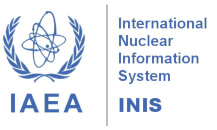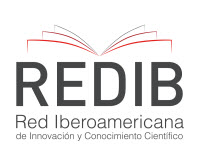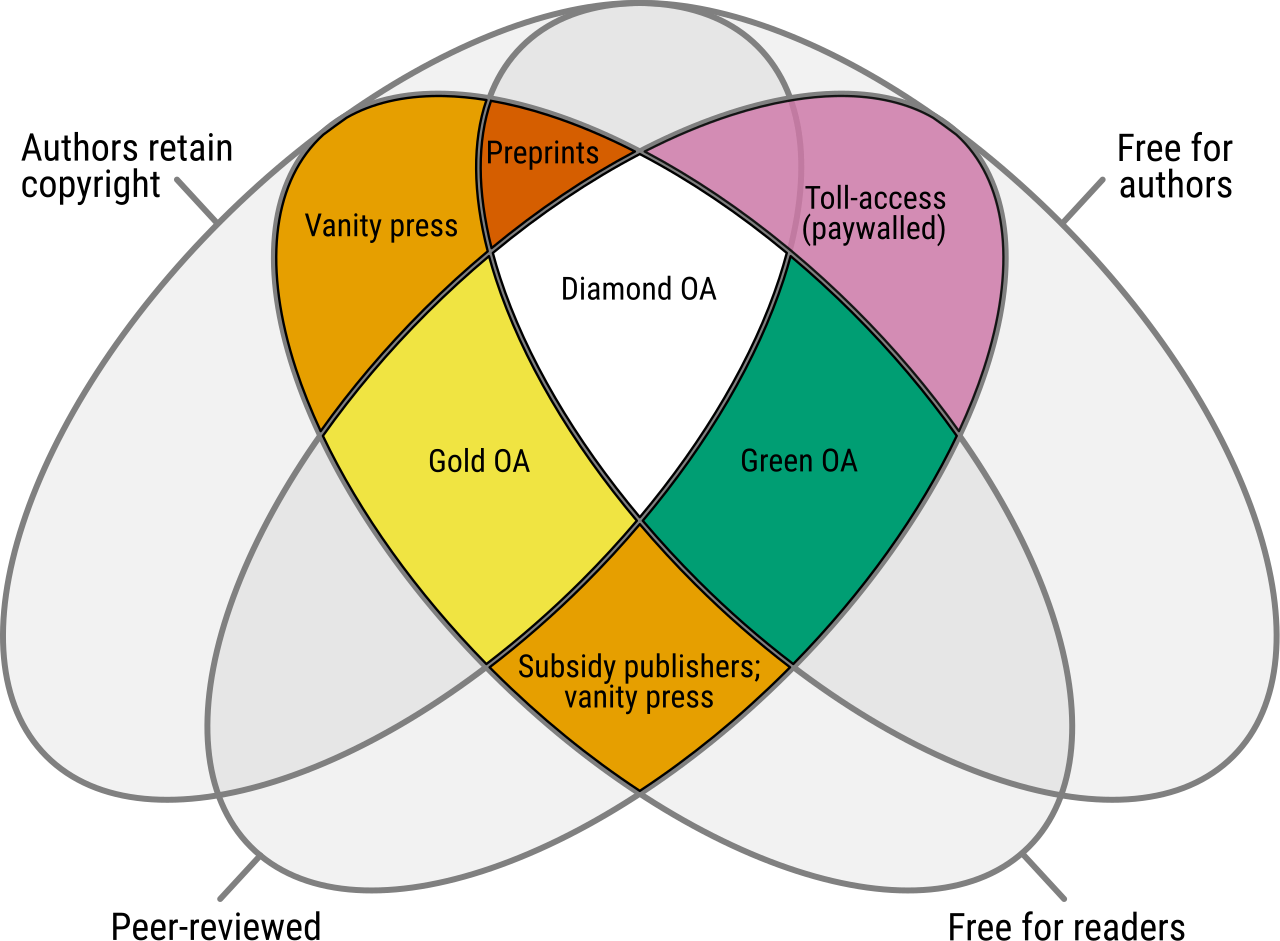New article published in 13(3A) - RADIO 2024
A new method for voxelizing mesh phantoms through cross-sectional images
Abstract: Exposure Computational Models (ECMs) utilize algorithms for ionizing radiation sources and Monte Carlo (MC) codes to simulate radiation transport, its interaction with matter, and to assess the energy deposited in volumes of interest (VOIs) represented by a phantom. The GDN (Numerical Dosimetry Research Group) (CRCN-NE) and the Computational Dosimetry and Embedded Systems Research Group (IFPE) have been developing techniques and software to create anthropomorphic Boundary Representation (BREP) phantoms, which are typically constructed using polygonal meshes due to their better anatomical representation of organs and tissues. To couple BREP phantoms with MC codes, GDN developed a method that converts polygonal meshes into voxels. This process is carried out using the in-house software DIP (Digital Image Processing), which converts mesh.obj files into voxels.sgi (Interactive Graphics Simulations). In this study, a new voxelization technique is presented, utilizing coronal images generated from a mesh phantom using the Blender application and two other tools: DIP (an in-house software) and PHAntoms Manufacturing. Essentially, the method involves using a plane to section the volume containing the phantom in the anteroposterior direction, saving an image of each slice. The total number of images generated is adjusted to reproduce a phantom height of 176 cm, targeting cubic voxels with edge lengths of 0.12 cm, resulting in 272 images. The produced images represent a collection of segmented VOIs with unique identifiers stacked in the DIP, creating an SGI file. The result of this voxelization was compared to the previous GDN method for dosimetric analyses of ionizing radiation. Read full article.






















